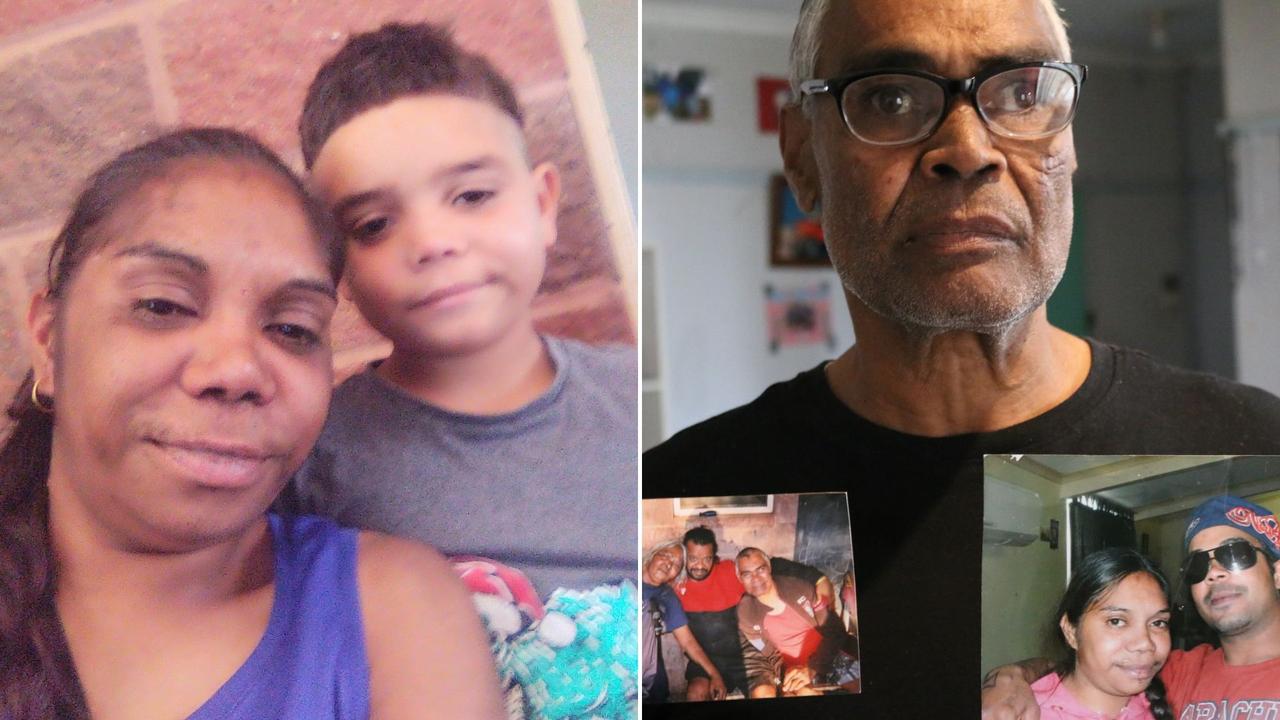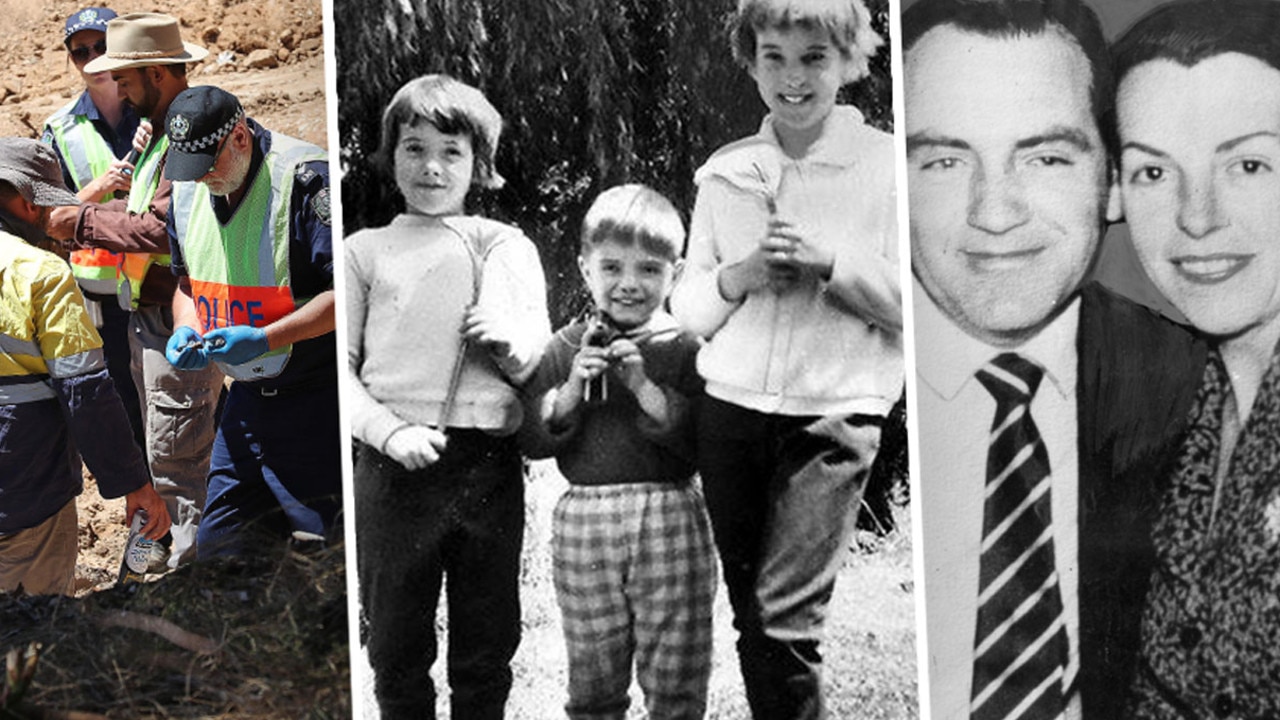Ivan Milat’s victims’ death at Belanglo State Forest, murder secrets and his painful death
The homicide cops want to know from Ivan Milat who his evil accomplice was when he butchered the seven backpackers in the Belanglo State Forest and how many other missing young people died at his hand.
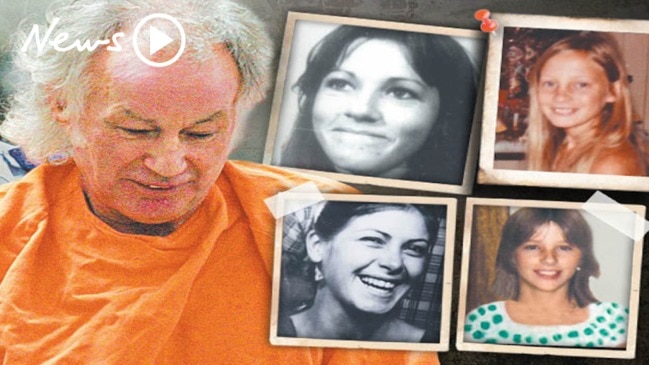
True Crime
Don't miss out on the headlines from True Crime. Followed categories will be added to My News.
The homicide cops who locked him up and the families of his victims are hoping for a death bed confession as the country’s most notorious serial killer faces his own end.
They want to know from Ivan Milat who his evil accomplice was when he butchered the seven backpackers in the Belanglo State Forest and how many other missing young people died at his hand.
“Dogs would treat a carcass better than he treated my sister,” said Tim Everist, 51, whose sister Deborah Everist was killed by Milat as she hitchhiked with her boyfriend James Gibson in 1989.
“I work in an abattoir and I see death every day and I know how to treat animals humanely and what he did to my sister was far from humane.”
Mr Everist joined Malcolm Goodall, whose sister Leanne’s disappearance in 1978 has been linked to Milat, and senior former police in hoping for answers from Milat, 74, who remains in hospital with terminal cancer of the oesophagus which has spread to his stomach.
The once-powerful former road worker and truck driver whose work took him across the state on the highways where he picked up his victims has been linked to over a dozen unsolved murders in NSW since 1971.
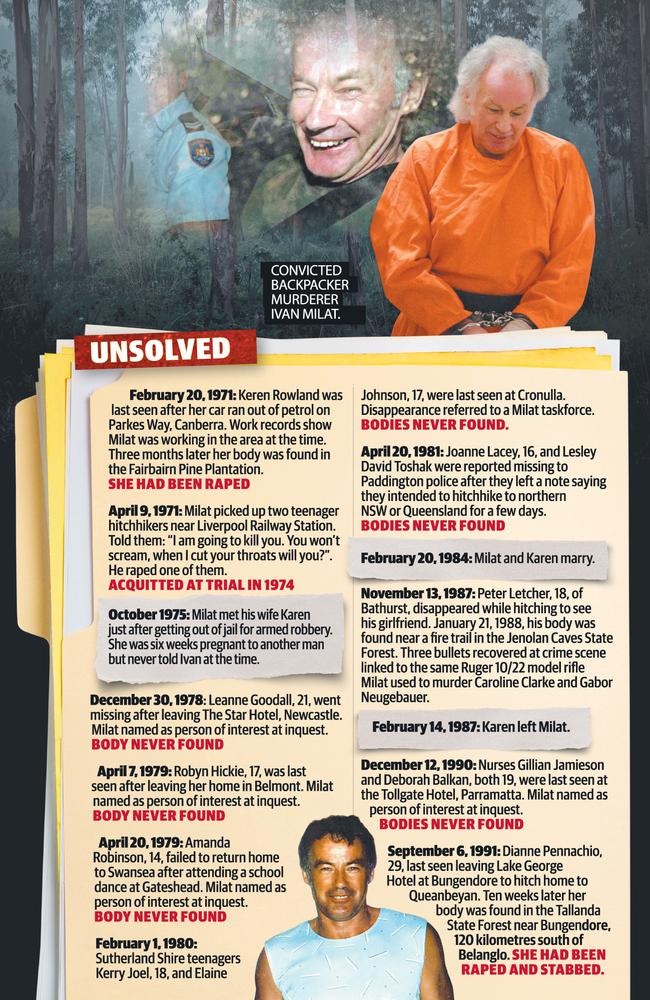
MORE NEWS:
Milat letter in full: Killer sets boundaries for penpals
Prison officers’ warning on Milat’s killer nephew
How enduring Milat mystery was finally solved
“He was obnoxious and arrogant and always liked to be in control, all the traits of a serial killer,” retired chief inspector Bob Godden, who led the backpacker task force on the ground, said yesterday.
“I would appeal to him to come clean about other murders he is suspected of doing so the relatives of those people have closure.”
Milat is currently serving seven life sentences after being convicted of the murders of seven young backpackers between 1989 and 1992 whose bodies were found in the Belanglo State Forest south of Sydney where they had been raped, stabbed, shot and one of them beheaded.
Milat has always publicly denied the murders but reportedly admitted them to his mother Margaret in 2001 before she died. But whether he acted alone during his reign of terror along the Hume Highway is the question that continues to dog the aftermath of Australia’s biggest manhunt.
The trial judge, Justice David Hunt, said when sentencing Milat that it was “inevitable (he) was not alone”. The state’s former Chief Justice Murray Gleeson said when dismissing his appeal that “it is possible there was another person involved”.
Forensic psychiatrist Ron Milton, who worked with the task force, said believed “there was good evidence to suggest that the girls were killed in such different ways that there were two killers.’’
One of the jurors at Milat’s 1996 trial revealed they believed he had an accomplice and in 2005, Milat’s lawyer, John Marsden, revealed he believed Milat’s late sister, Shirley Soire, who he lived with in Eagle Vale during his most murderous spree, was involved with the murders.
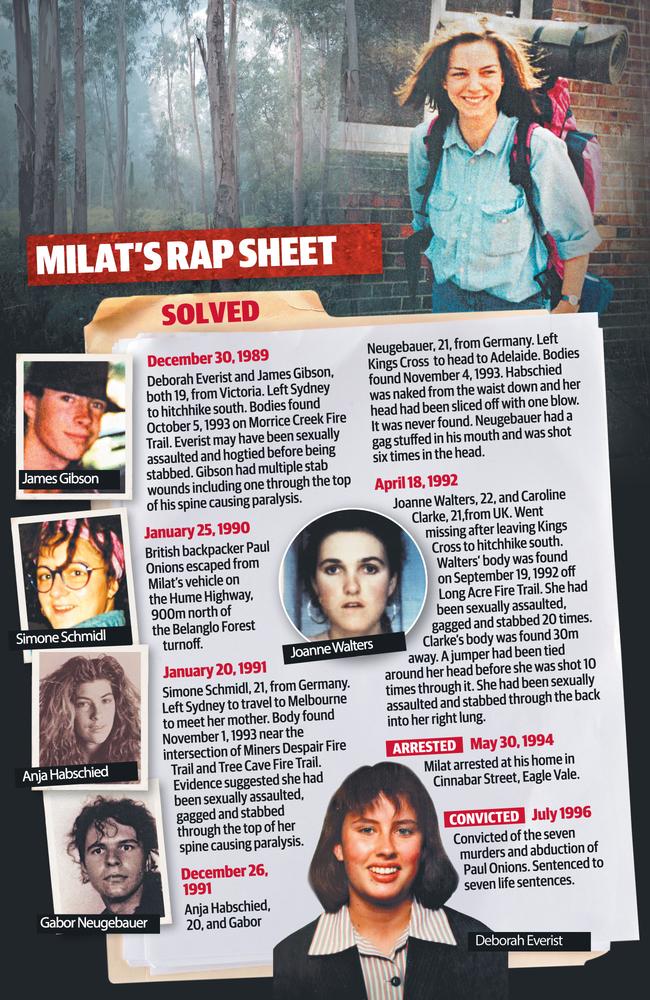
Retired Assistant Commissioner Clive Small, who headed the backpacker task force, is convinced Milat committed at least three more murders, including Peter Letcher, 18, whose body was found in the Jenolan Caves State Forest nine weeks after he went missing on his way from Bathurst in 1987. Like the Belanglo victims, his body was lying next to a log, partly covered in branches. Three bullets from the scene were linked to the same model Ruger 10/22 rifle that Milat used to kill two backpackers.
“The fact is that his denials added to the heartbreak of the families,” Mr Small said.
Mr Everist, 51, whose sister was hogtied and probably sexually assaulted before being stabbed, hopes Milat will write a confession before he dies.
“It will give people some closure because there are a lot of unknowns, a lot of sadness, a lot of hate and a lot of disregard to any human life whatsoever,” he said.
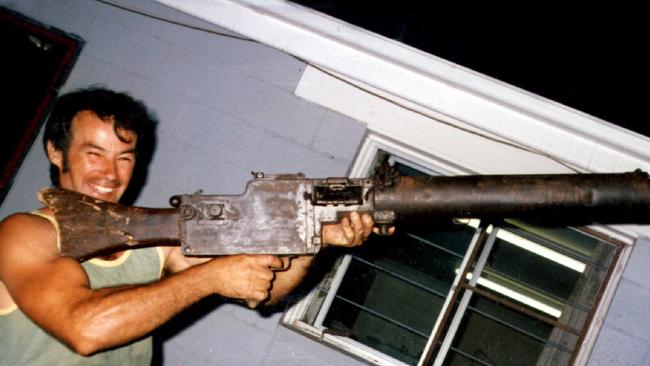
A PAINFUL DEATH WITH ‘NASTIEST’ OF CANCERS
By Clarissa Bye
Oesophageal cancer is one of the most painful and “nasty” of all cancers, medical experts and survivors say.
Convicted killer Ivan Milat would already be suffering from pain when swallowing, as well as choking when food gets stuck in his throat.
Other symptoms of the uncommon cancer, which is expected to kill 1470 Australians this year, include worsening heartburn, hoarseness and upper abdominal discomfort.
Online cancer patient forums abound with stories of “constant pain” and a distressing inability to eat, with victims wasting away from the cancer which afflicts the oesophagus, or the “food pipe”.
Sufferers can also vomit up blood and feel exhausted all the time.
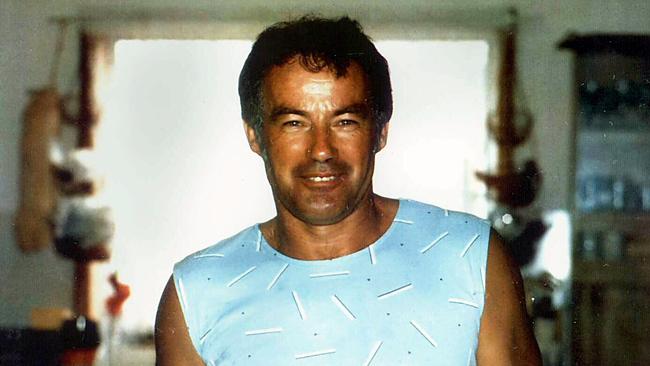
The Australian Medical Association’s NSW president Dr Kean-Seng Lim says people should be alert to any difficulty in swallowing and have it checked out with their GP.
He says risk factors are smoking, alcohol and increased acidity.
“Unfortunately if it has spread it can be very painful,” he said.
“It’s not a nice cancer to have. No cancer is nice, but some are worse than others. And this one is probably one of those which is considered to be one of the nastier ones.”
Dr Lim says if the cancer has already spread, the treatment is palliative, “make someone comfortable, to relieve symptoms, which can include painkillers and sometimes radiation or chemotherapy”.
Men are nearly three times more likely than women to be diagnosed with oesophageal cancer and it is more common in people over 60, but can occur at any age. Survival rates are low. If it is caught earlier, surgery can remove part or whole of the oesophagus but it is a major operation and it can take up to a year to recover.
Originally published as Ivan Milat’s victims’ death at Belanglo State Forest, murder secrets and his painful death

